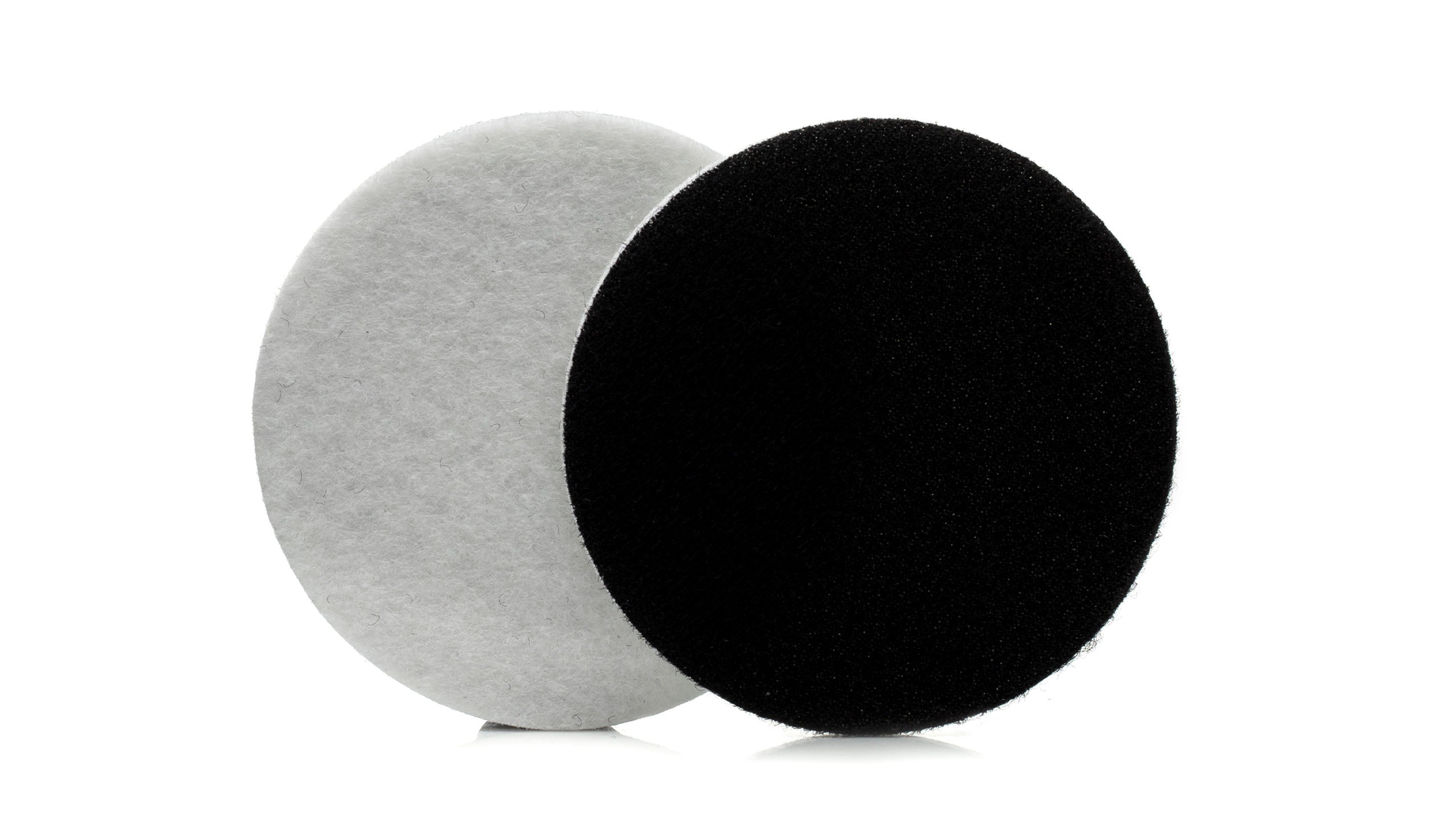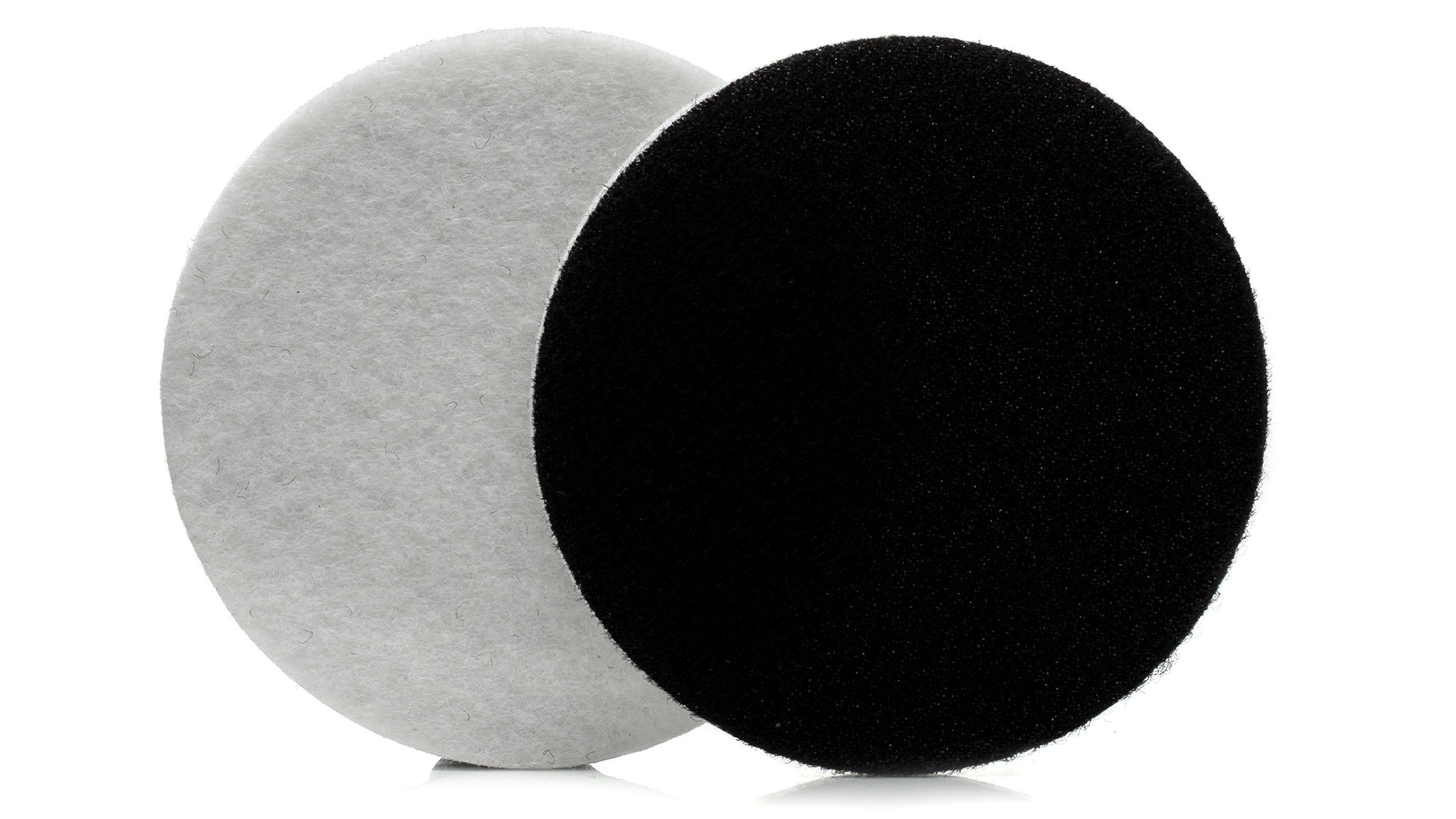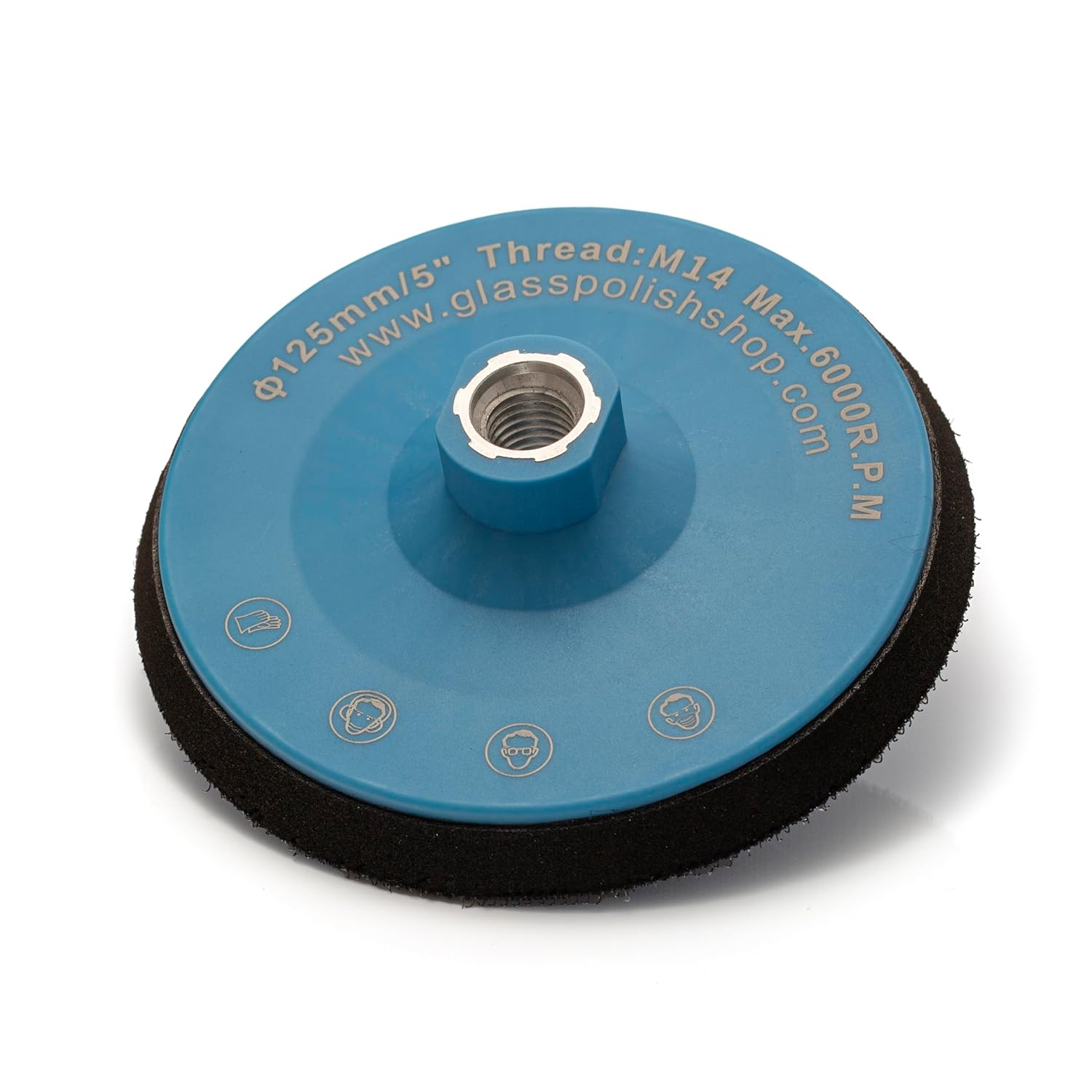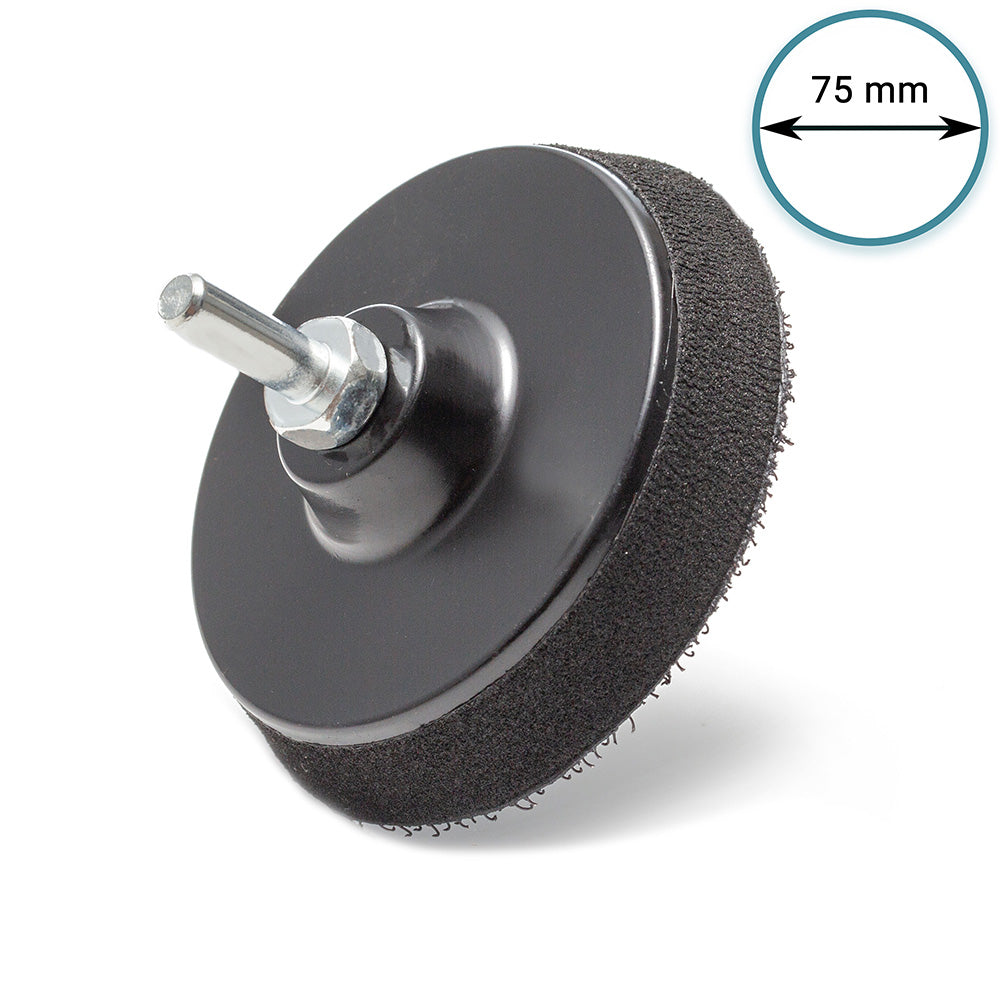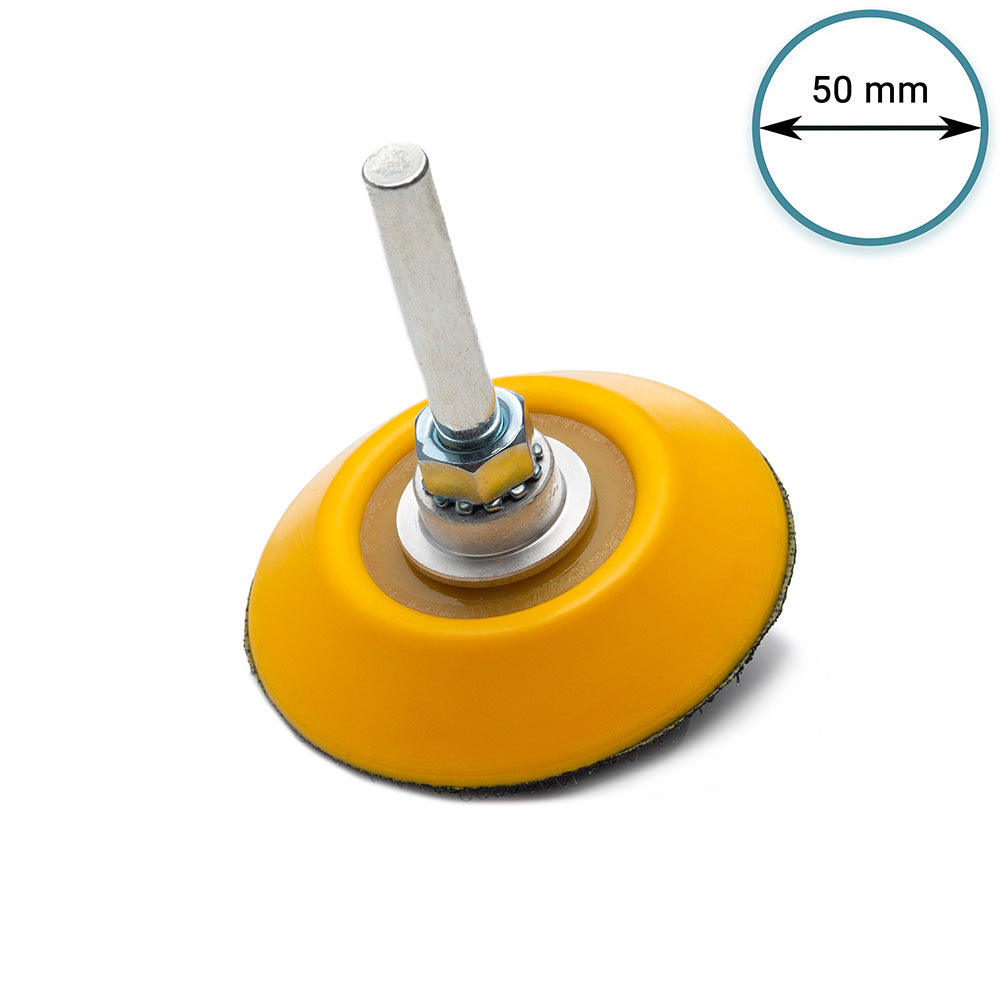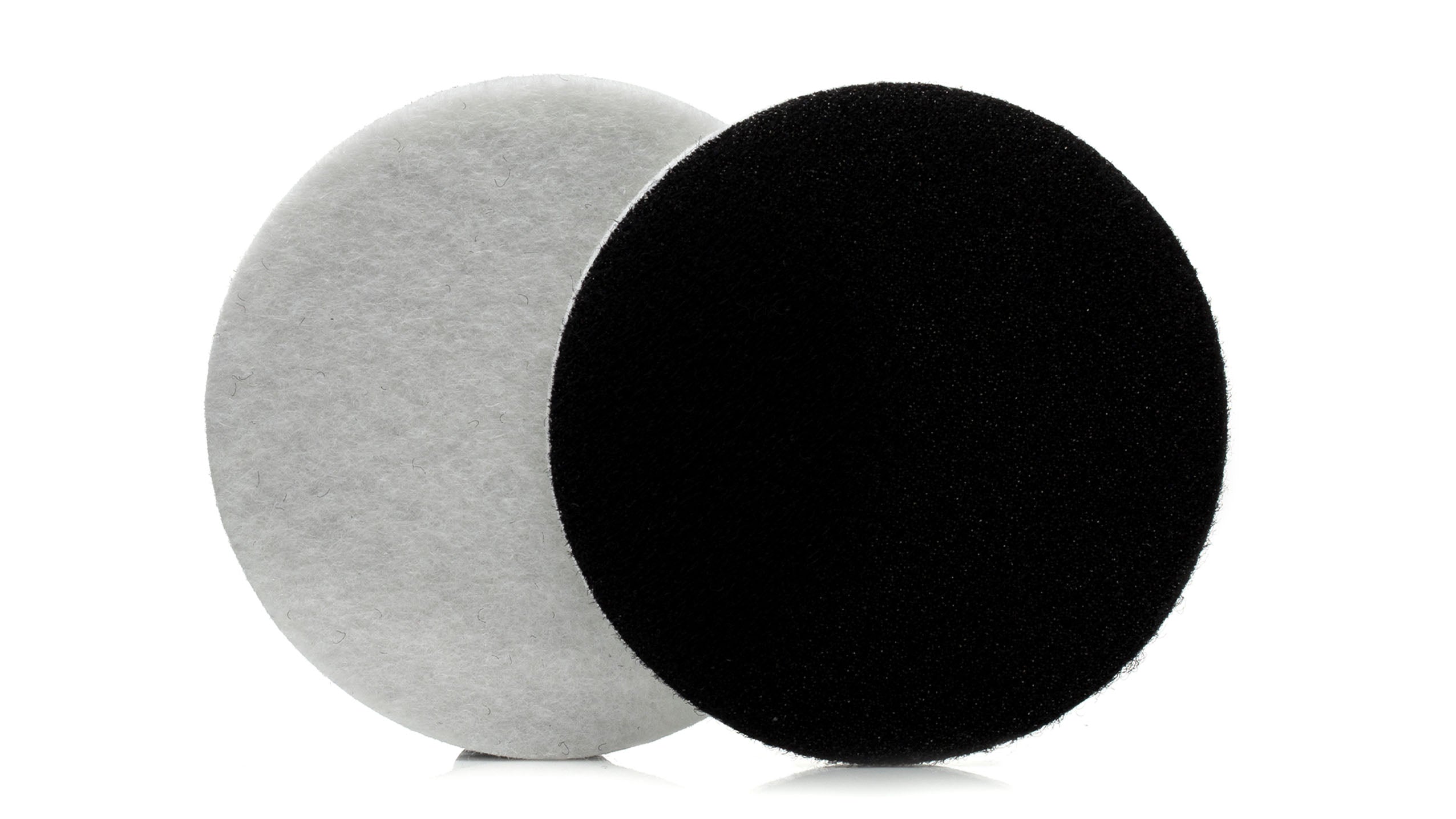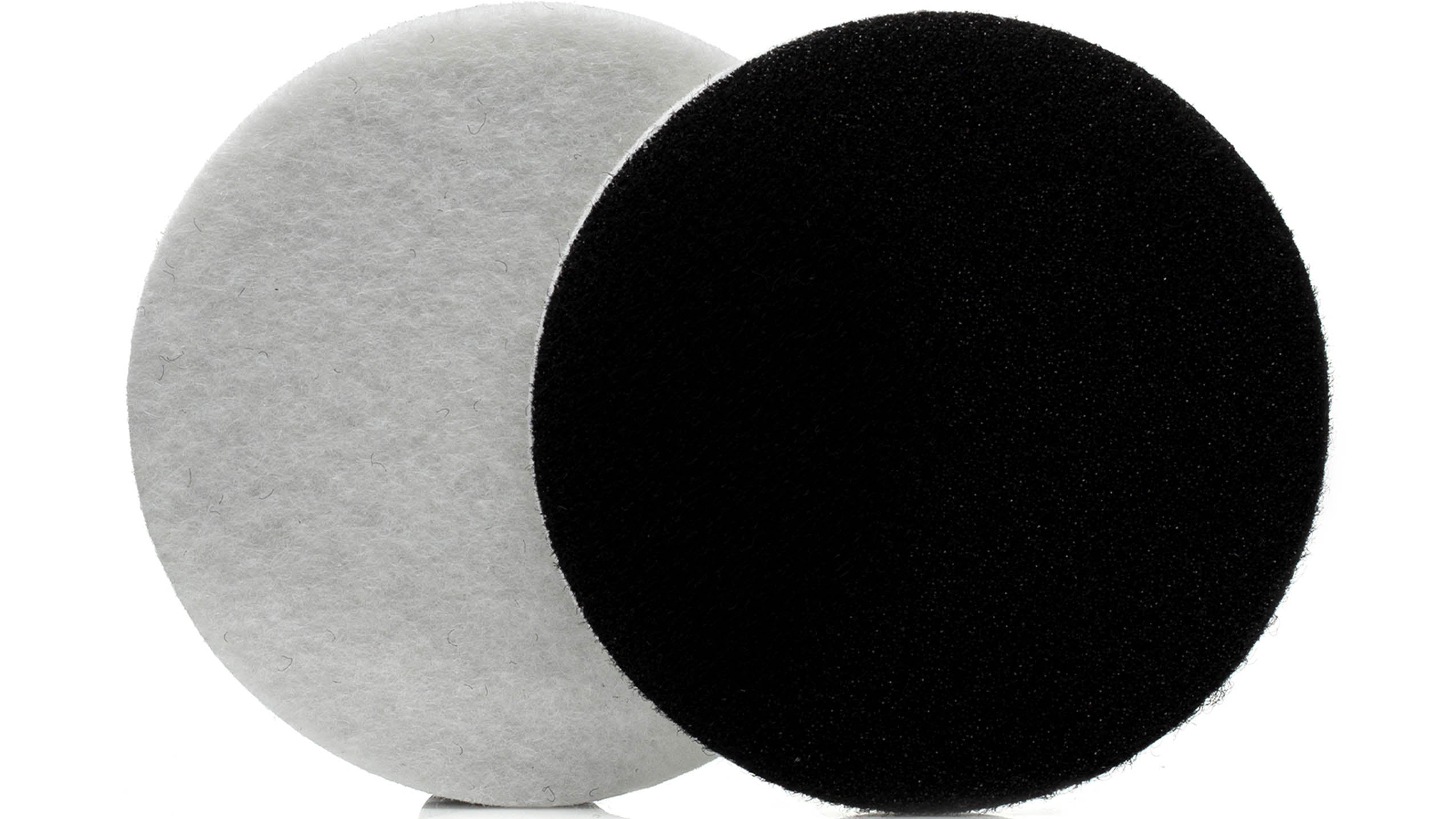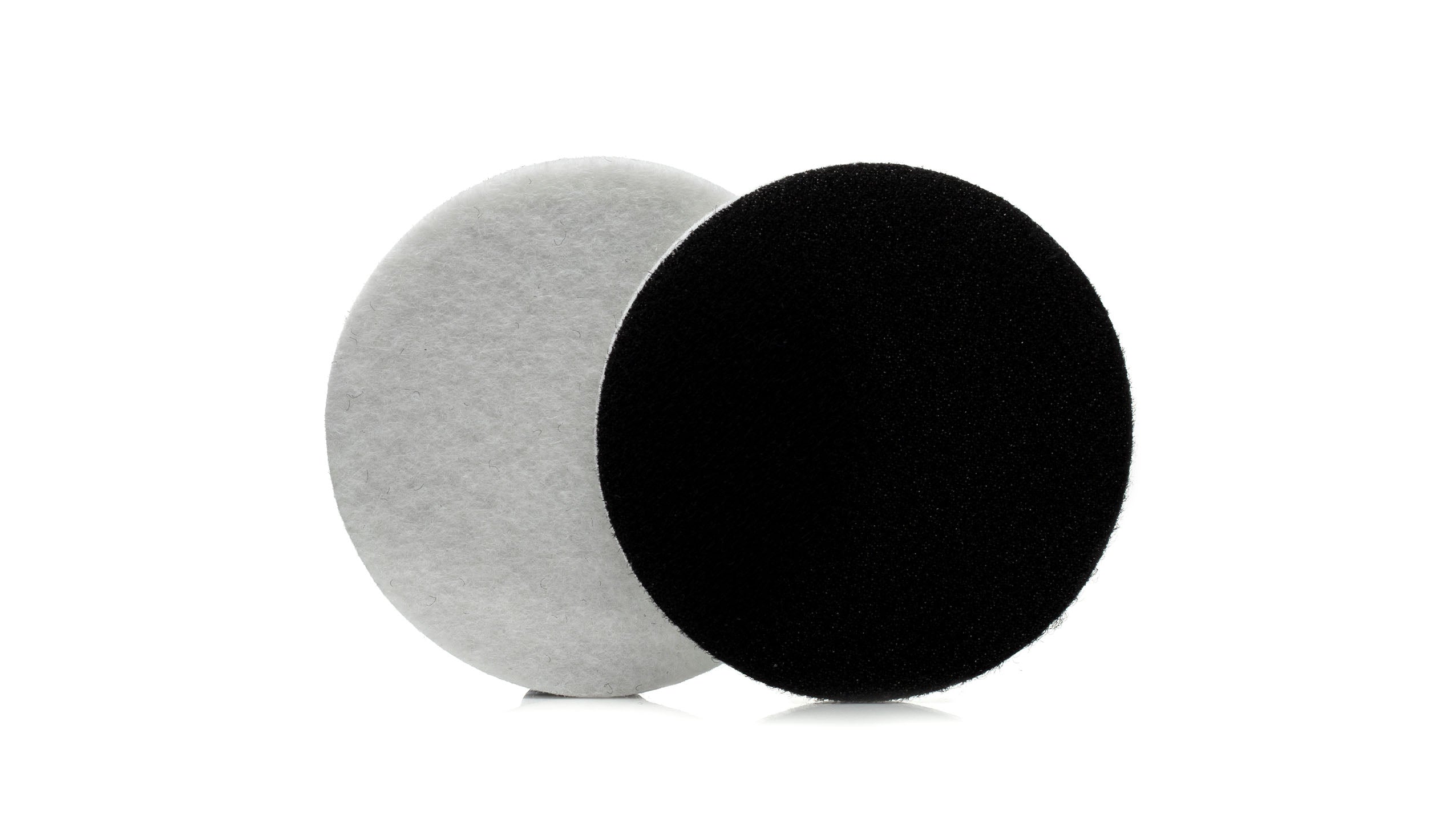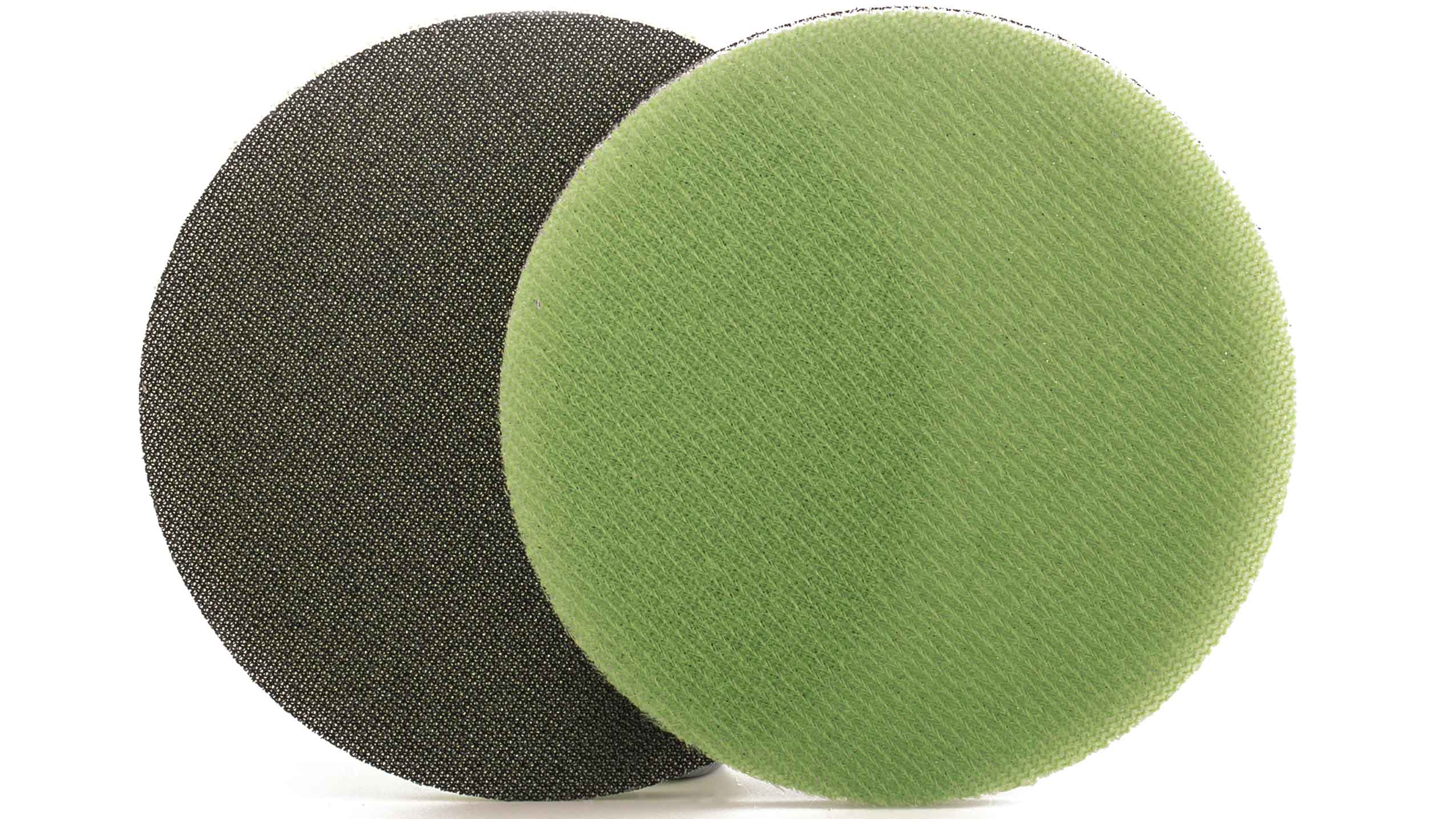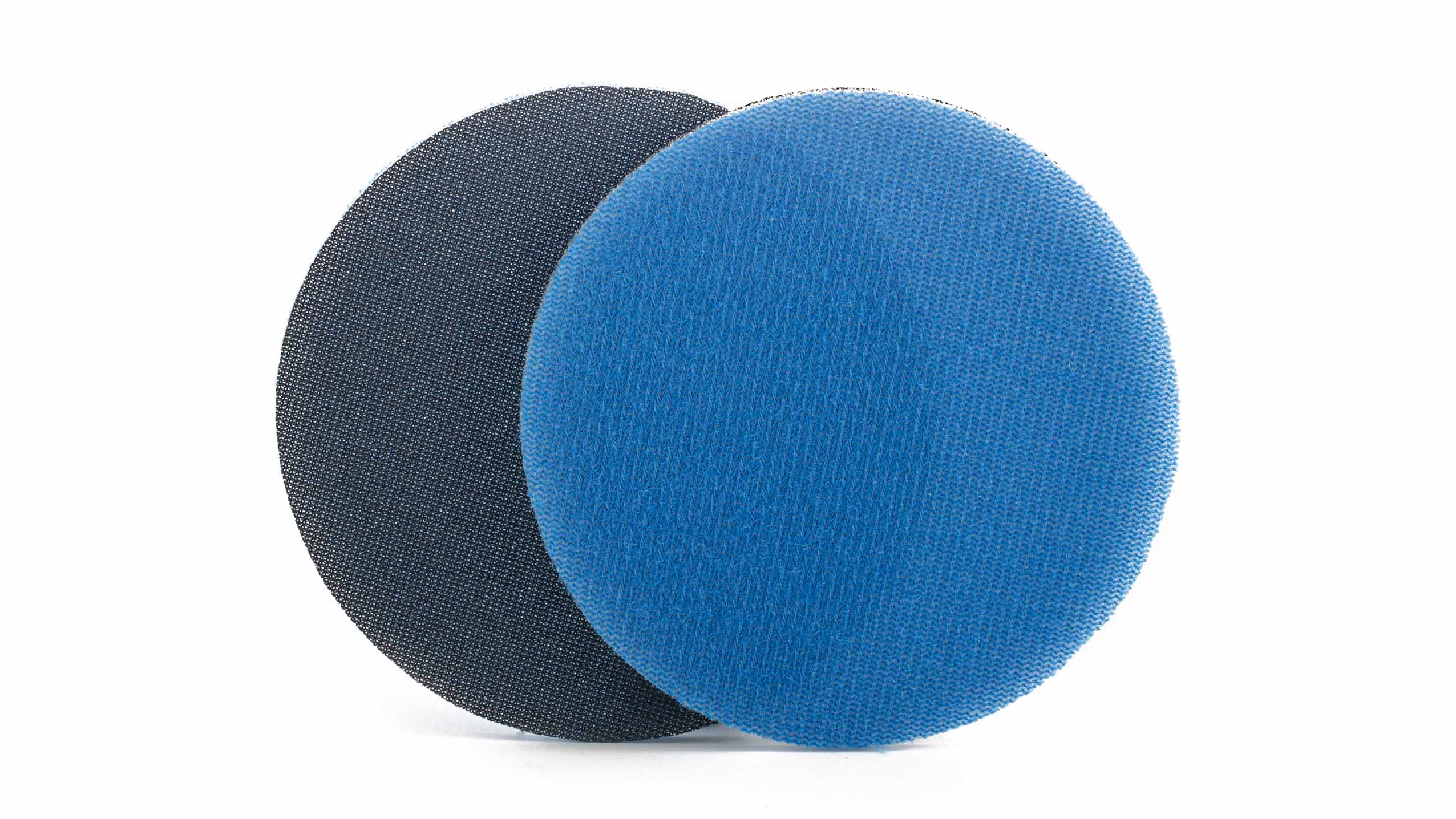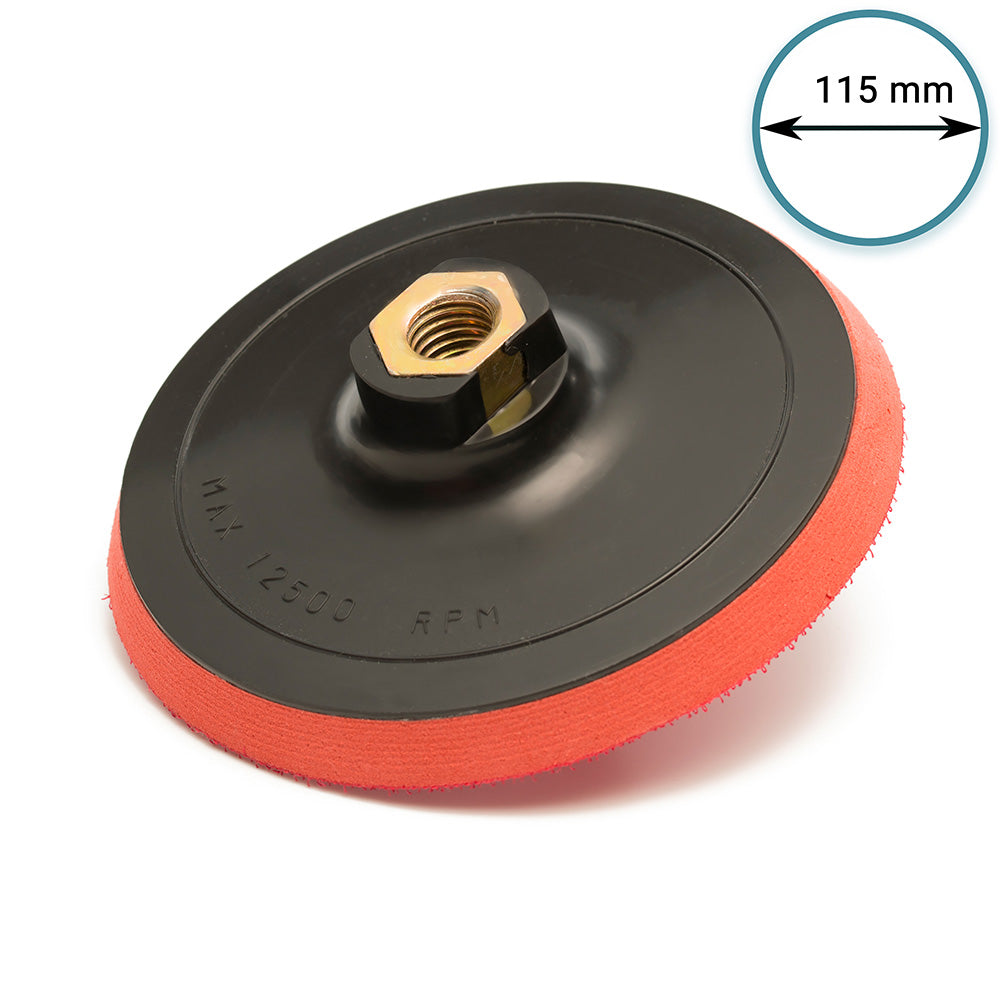Cerium Oxide Support
How To Mix and Use Cerium Oxide
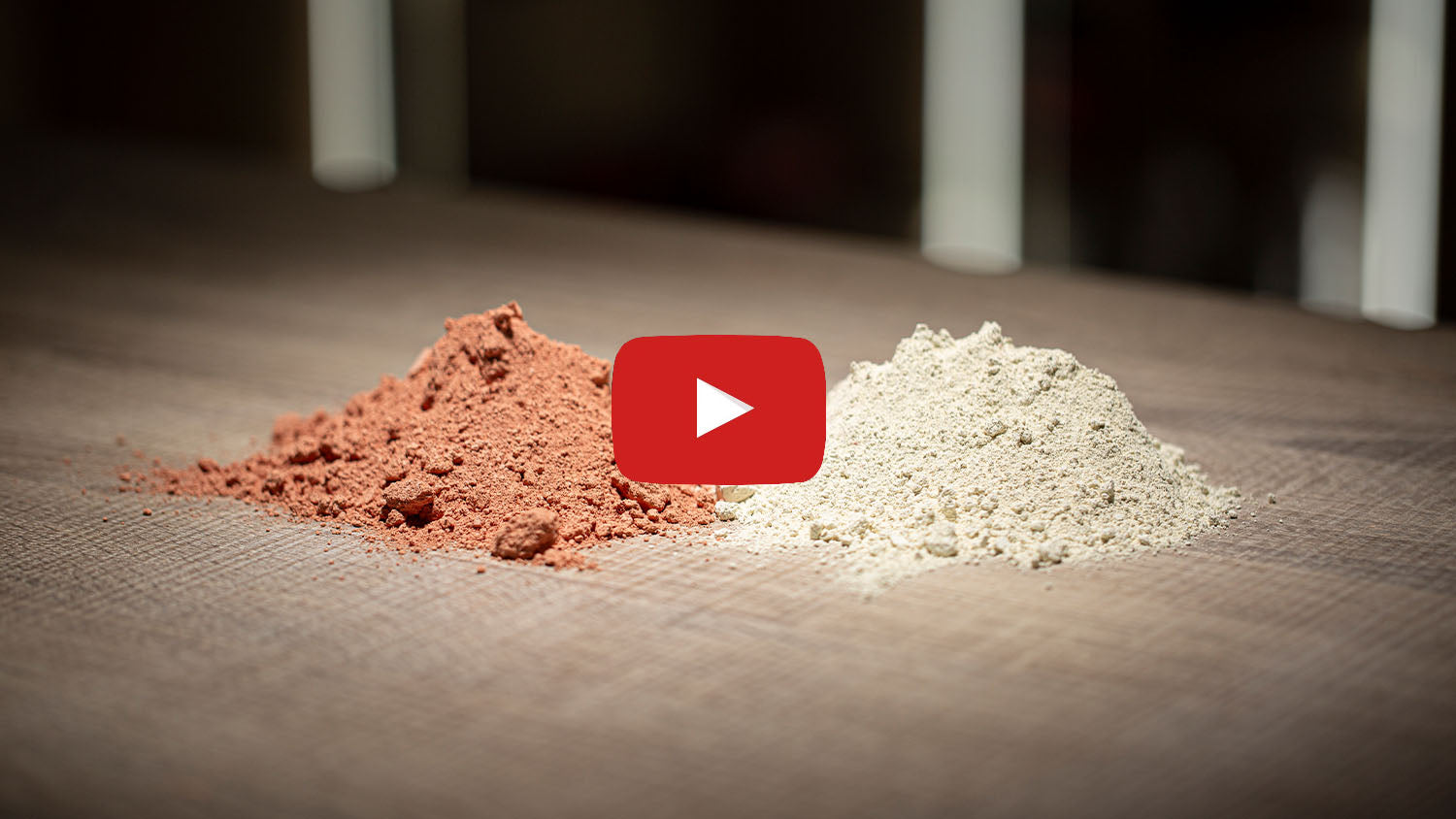

Mixing and Polishing Tips
✅ Adjust the water during mixing to achieve the desired consistency.
✅ Spread the paste evenly across the damaged area before polishing.
✅ Polish in overlapping side-to-side and up-and-down motions.
✅ Maintain a surface temperature of 30–50°C (86–122°F) for best results.
✅ Spray a small amount of water to reactivate the polishing paste as needed.
✅ Add more paste for faster results, especially when polishing large areas.
✅ Repeat polishing as needed until the desired finish is achieved.
Frequently Asked Questions
What happens if I add too much water and the paste is too thin?
If you mix in too much water, the paste will become runny and may splatter more while polishing.
You can still use it, but we recommend adding more cerium oxide powder to thicken the paste for better control.
If you have no more cerium oxide available, simply leave the container open at room temperature or place it in the sun for a while to let the excess water evaporate. Once it thickens, it’s ready to use again.
Can I save and reuse leftover mixed cerium oxide paste?
Yes. Any unused paste can be stored in a sealed container and reused later.
If the paste dries out over time, just add a small amount of water and stir to reactivate it before polishing again.
What should I do if the paste dries while I’m polishing?
If the paste dries during polishing, simply spray a small amount of water onto the glass or felt pad and continue polishing.
This will reactivate the paste and help you maintain a smooth polishing action.
How long should I polish the glass for best results?
You should continue polishing until the desired result is achieved.
Depending on the depth of scratches or marks, this may require several passes.
Always polish in overlapping motions and keep the surface temperature between 30–50°C (86–122°F) for the best clarity and finish.
Can I use cerium oxide on any type of glass?
Yes, cerium oxide is safe and effective for all glass types including windscreens, mirrors, windows, toughened, laminated, and household glass.
However, it is not recommended for coated or patterned/textured glass surfaces, as polishing may damage special coatings or decorative finishes.
Often Bought Together
GP-PRO Felt Polishing Pad / 3'' 75mm
GP-PRO Felt Polishing Pad / 5'' 125mm
GP-PRO Felt Polishing Pad / 4.5'' 115mm
GP-PRO Felt Polishing Pad / 6'' 150mm
GP-PRO Felt Polishing Pad / 2'' 50mm
GlasX™ 120 - Medium Grade Abrasive 5" / 125mm
GlasX™ 60 - Fine Grade Abrasive 3" / 75mm









